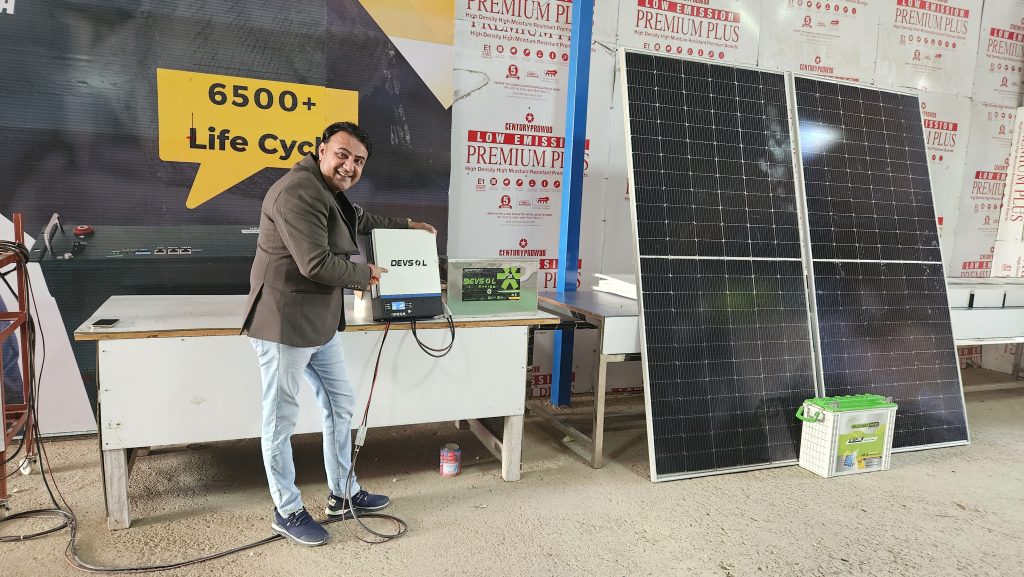Heterojunction Technology (HJT) panels are an advanced type of solar panel that combine the benefits of crystalline silicon and thin-film solar technologies. Here’s a comprehensive breakdown of their advantages and disadvantages:
Advantages of HJT Panels
- High Efficiency
- HJT panels have higher efficiency rates (up to 24% or more) compared to traditional mono- or polycrystalline panels.
- They perform exceptionally well even in low-light conditions, maximizing energy production.
- Bifacial Design
- Most HJT panels are bifacial, meaning they can generate power from both the front and rear sides, increasing energy yield by up to 30%.
- Low Degradation Rate
- HJT panels have a significantly lower degradation rate (0.5% annually) compared to standard panels, ensuring a longer lifespan (25–30 years).
- Temperature Coefficient
- HJT panels perform better in high-temperature environments because of their excellent temperature coefficient, making them ideal for hot climates like India.
- Superior Longevity and Durability
- Their glass-glass construction and advanced materials make them highly durable and resistant to environmental factors like humidity, wind, and hail.
- Sustainability
- The manufacturing process of HJT panels requires less energy compared to conventional solar cells, reducing their carbon footprint.
- Light-Induced Degradation (LID) Resistance
- Unlike traditional solar panels, HJT panels are highly resistant to LID, which means they maintain their efficiency better over time.
Disadvantages of HJT Panels
- Higher Initial Cost
- HJT panels are more expensive than traditional mono- or polycrystalline panels due to their advanced technology and manufacturing complexity.
- Complex Manufacturing Process
- HJT panels require more advanced machinery and expertise, limiting their production and availability to specific manufacturers.
- Limited Availability
- Since HJT technology is relatively new, fewer manufacturers produce these panels, making them less accessible in some regions.
- Heavier and Bulkier Design
- Bifacial and glass-glass constructions make HJT panels heavier, requiring more robust mounting structures.
- Specialized Installation Requirements
- The installation process for HJT panels can be more complex and may require trained professionals, increasing installation costs.
- Potential Overkill for Small-Scale Applications
- For residential users with limited budgets or small energy needs, the advanced features of HJT panels may not justify their higher cost.
- Unproven Long-Term Market Performance
- While HJT panels show excellent durability and efficiency on paper, they are newer compared to traditional panels, so long-term field performance data is still being collected.
Conclusion:
HJT panels are an excellent choice for commercial or utility-scale projects, especially in regions with high temperatures or where maximizing energy yield is crucial. However, their higher upfront costs and specialized requirements may not be ideal for every user.
